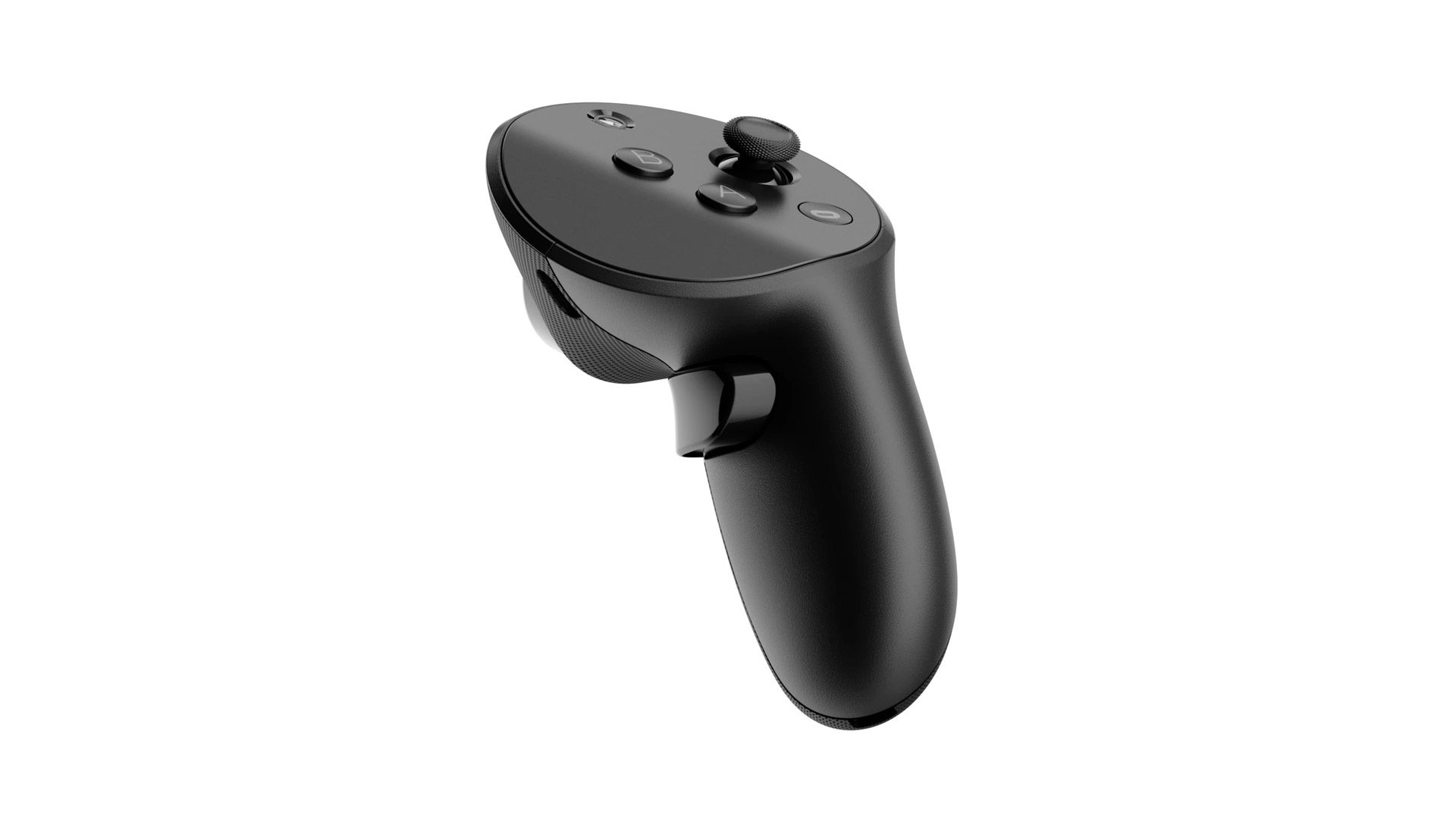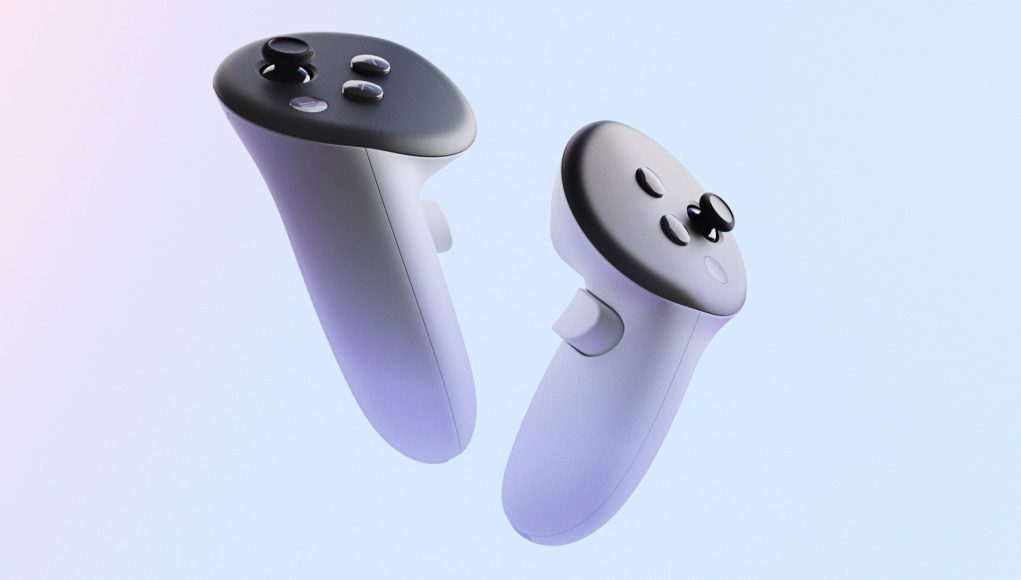If you’re not getting along with the company’s newly redesigned Quest 3 controllers when it comes later this year, dubbed Touch Plus, Meta says you’ll have the option of swapping in the company’s Touch Pro controllers.
Meta unveiled its next headset Quest 3 today starting at $500, promising to be thinner and more powerful than Quest 2, and offer mixed reality color passthrough like the company’s enthusiast grade Quest Pro.
Meta also unveiled its Touch Plus controllers alongside the kit-and-kaboodle’s consumer-friendly price tag of $500. And Quest 3 is set to work with Touch Pro, which comes in the box with Quest Pro, just like Quest 2.
But Touch Plus is doing away with the tracking ring found on every one of its motion controllers going back to the original Oculus Rift. Meta hasn’t spilled the beans on how it’s done, however it’s likely the headset is still using optically tracked IR markers like Quest 2’s Touch controllers, albeit without the tracking ring. Whatever the case, it doesn’t appear to feature the multi-camera inside-out sensor design like Touch Pro.

Why would you go pay extra for Touch Pro when Touch Plus boasts the same TruTouch haptics and slim ergonomics? We simply don’t know. Touch Pro is better at tracking thanks to the inside-out design, meaning it doesn’t suffer from the sort of occlusion issues that optically tracked controllers generally do.
We’re sure to learn more later this year, as it appears a more extensive reveal is scheduled for the company’s Connect developer conference on September 27-28. In the meantime, you can signup here for email updates.







